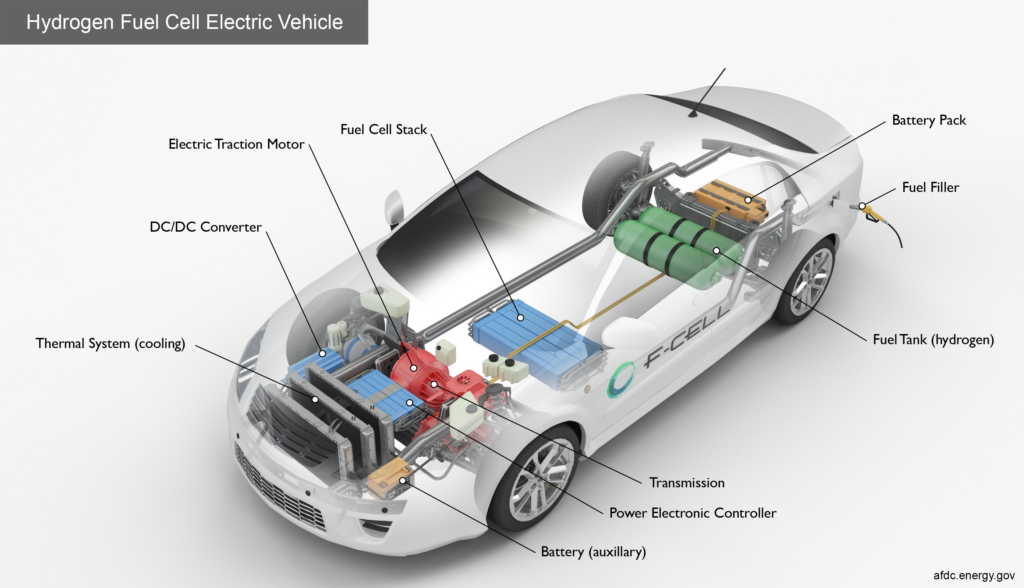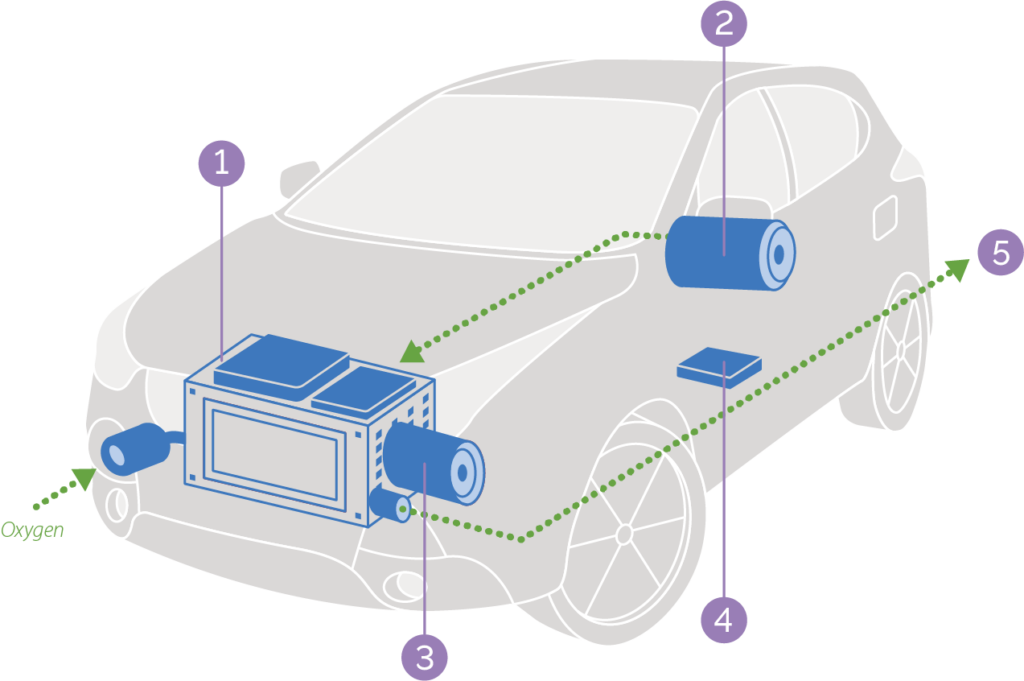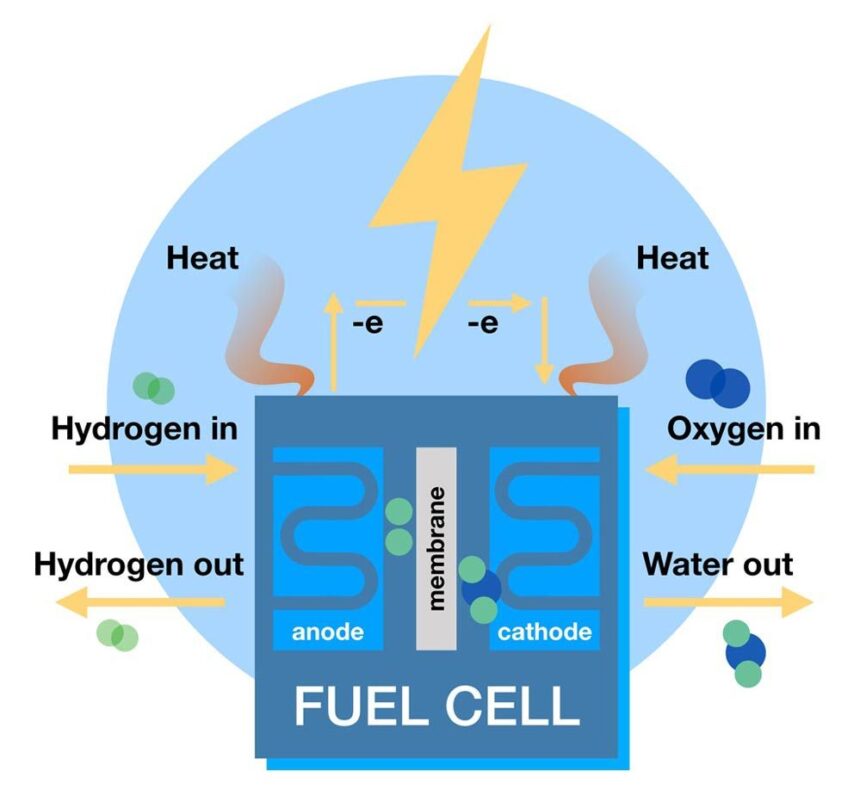Hydrogen fuel cells could redefine the future of clean energy in the automotive world. As discussions about zero-emission solutions grow, hydrogen fuel cell vehicles (FCEVs) stand out for their potential to combine the best features of combustion engines and electric vehicles. But what exactly are fuel cells, and why should the industry take a closer look at them?
What’s Happening & Why This Matters
Hydrogen is the universe’s most abundant element and has unique benefits as a potential energy source. The U.S. Department of Energy (DOE) has been investing in hydrogen research through its H2@Scale program. This initiative produces about ten million metric tons of hydrogen in the U.S. annually, primarily for oil refining and ammonia production. Now, with renewed focus, the DOE seeks to expand hydrogen’s role in energy storage and vehicle technology.
Hydrogen fuel cell electric vehicles (FCEVs) convert hydrogen and oxygen into electricity using a fuel cell stack. Unlike traditional combustion, this process—reverse electrolysis—creates electricity with water as the only byproduct. When hydrogen reacts with oxygen, it generates a current that powers an onboard battery, providing energy similar to conventional EVs but without harmful emissions.
The process gives hydrogen FCEVs several advantages:
- Quick Refueling: Filling a hydrogen tank is as fast as pumping gas, allowing longer drives without extended recharging times.
- Lower Emissions: The only emission is water, making hydrogen FCEVs a green choice.
- Extended Range: Hydrogen vehicles can cover more miles on a single fill-up compared to many all-electric cars.
These characteristics make hydrogen FCEVs attractive for individuals and industries aiming for sustainable travel without compromising on performance.

Addressing Safety Concerns, Benefits, and Maintenance
Hydrogen has often been considered unsafe, partly due to historical events like the Hindenburg disaster. However, today’s hydrogen vehicles use advanced technology to manage potential risks. In pressurized, liquid form, hydrogen disperses quickly if released, reducing the risk of lingering flammable gases. Manufacturers enhance safety with features like automatic shut-down valves and impact-resistant fuel tanks, providing hydrogen FCEVs with protection similar to that of gasoline cars.
FCEVs also offer simpler maintenance. The non-combustion reaction of hydrogen and oxygen avoids the wear and tear associated with traditional engines. Fuel cell systems have few moving parts, relying on valves and intakes to control the hydrogen flow, and they generally require less frequent servicing.
Moreover, Toyota and other carmakers have scaled fuel cells to power everything from passenger vehicles to heavy-duty trucks, demonstrating the versatility of this technology.

Mainstream Adoption?
Despite these benefits, FCEVs face obstacles to widespread use. The infrastructure for hydrogen refueling remains limited, with California being one of the few U.S. states investing seriously in hydrogen fueling stations. Developing a broader network for hydrogen could take time, as the cost of hydrogen production remains relatively high compared to other fuels. However, advancements in production and government incentives may help reduce these costs, similar to the early days of EVs.
Another hurdle involves vehicle pricing. FCEVs are typically more expensive than gas and electric alternatives, but as technology advances and production scales up, prices are expected to decrease.
Global Momentum and Industry Response
Countries worldwide are beginning to embrace hydrogen technology. In Europe and Asia, automakers like Toyota, Hyundai, and Honda have introduced hydrogen-powered models, and government incentives encourage adoption. This momentum, paired with technological improvements, could help bring FCEVs into the mainstream.

TF Summary: What’s Next?
Hydrogen fuel cells offer a promising alternative for sustainable transportation, balancing the benefits of electric and traditional fuel vehicles. While hydrogen technology needs more infrastructure and cost reductions to compete fully, government support and increased investment could accelerate its growth. As more carmakers commit to hydrogen, we may see FCEVs take on a larger role in creating an emissions-free future, transforming how we think about automotive sustainability.


